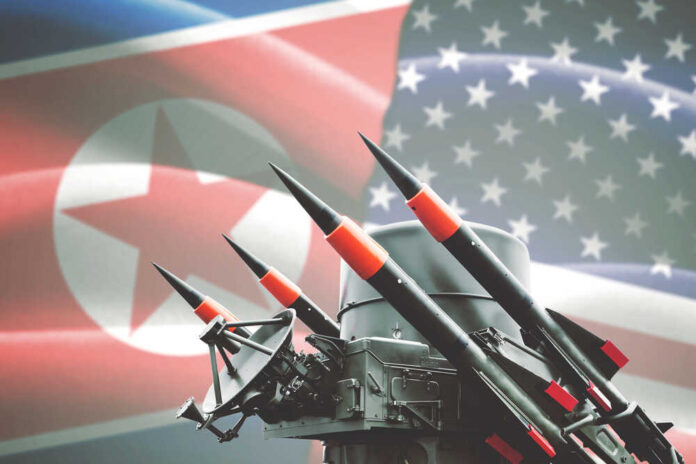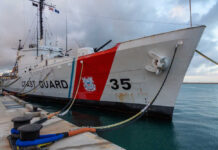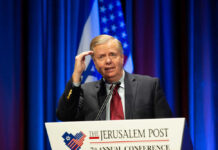Recently disclosed records show what the end of the world might look like in a stark recounting of nuclear Armageddon.
A little radar blip is all it takes to start a nuclear war.
At 4.03 in the morning, in an apparently empty field twenty miles outside Pyongyang, the capital of North Korea, a tremendous cloud of fire blooms barely feet above the ground during the launch of the country’s most powerful intercontinental ballistic missile (ICBM).
While orbiting 22,300 miles above Earth, U.S. Defense Department satellite systems detect flames from the missile’s hot rocket exhaust.
This triggers a ballistic missile launch alert.
Since no country wants to trigger a nuclear war accidentally, nuclear-armed states often notify each other about ballistic missile testing, typically via diplomatic back channels.
Even Russia informs the US when it fires a test missile.
North Korea is the one country that goes rogue. Over the last year and a half, it has test-launched over a hundred missiles, some of which include nuclear warheads, without making any prior announcement.
The worst-case scenario involves North Korea surprise-attacking the United States with missiles, prompting Washington to fire a barrage of fifty Minuteman III ICBMs.
Hysteria, mass murder, and anarchy would ensue.
Images of humans reduced to ash, birds plummeting from the sky, and the agonizing deaths of survivors from severe radiation illness reinforce the picture of Armageddon. The nuclear winter, a severe climatic change, is a consolation reward for those who make it through all of that.
There are now little more than 12,000 nuclear weapons, down from 70,000 in the past, yet even this reduced amount is sufficient to turn the planet into a radioactive wasteland.
Even in today’s environment, when so much is unknown, the prospect of nuclear war looms large. Unfathomable global anarchy and destruction would ensue if such a conflict broke out. With Russia’s invasion of Ukraine continuing and other wars simmering around the globe, the current global scenario is more precarious than it has been since the Cuban missile crisis. In light of this, Annie Jacobsen, a nominee for the Pulitzer Prize, has chillingly detailed in her book “Nuclear War: A Scenario” the consequences of a nuclear war breaking out in the present day.
The author said that when the Berlin Wall came down, for decades, everyone thought the nuclear danger was over. Jacobsen says that nuclear weapons and the terminology around them have been kept in the shadows, guarded for an exclusive few.
Her book was based on interviews with nuclear weapons engineers, cabinet officials, presidential advisors, and many other specialists, as well as recently disclosed materials. It paints a bleak picture if such a blip on the radar sets off an unstoppable chain of events.


















